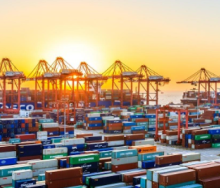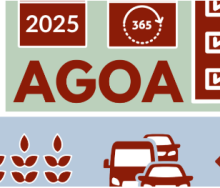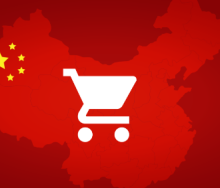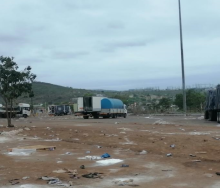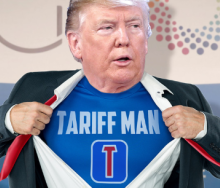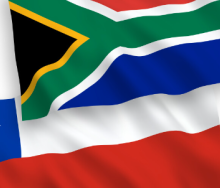Despite the untapped opportunities that exist on the continent, trade between various African countries is still largely restricted as a result of various regulation barriers and a lack of supporting infrastructure and scale.
This is according to Matthew Conroy, trade manager of Maersk Line South Africa, who says that increasing the production of manufactured goods on the African continent and further standardisation of trade regulation are both key to improving inter-regional trade.
According to the United Nations’ recent Economic Report on Africa, over 80% of Africa’s exports are shipped overseas, mainly to the European Union (EU), China and the US.
“It is important to note the role of intra-Africa trade as a catalyst for growth across the continent. Currently, intra-Africa trade only accounts for 10-12% of trade on the continent. This is in comparison to the high levels of intra-regional trade recorded in Europe (60%) and Asia (40%).
“Amid falling commodity prices and looming projections of decelerated GDP growth, intra-regional trade is not playing the role on the continent that it could, which is largely due to the nature of the goods being produced. Many African countries extract and export primary commodities, but rely heavily on imports for manufactured goods. Increasing the production and export levels of manufactured goods will increase the level of intra-Africa trade,” Conroy says.
This view was echoed by South African Trade and Industry Minister, Rob Davies, during the recent launch of the eighth iteration of the Industrial Policy Action Plan to 2018-19. Davies said that the economy needed to break its dependence on raw commodity exports by moving to “more diversified manufacturing-based value-addition”.
Conroy however notes that the lack of infrastructure and scale pose massive restrictions in Africa. “Consumer markets are smaller, which means less profit incentive, and we simply don’t have the scale that Asia, for example, has. Infrastructure investments therefore need to be continually activated to address these restrictions.”
Another shift that Conroy points out as necessary in driving levels of intra-Africa trade is the standardisation of regulations across the continent. “Essentially, there are 54 countries in Africa and 54 different sets of rules, which results in additional red tape for trade partners. The simpler and more standardised these regulations become, the more intra-regional trade we will see happening,” he says.


